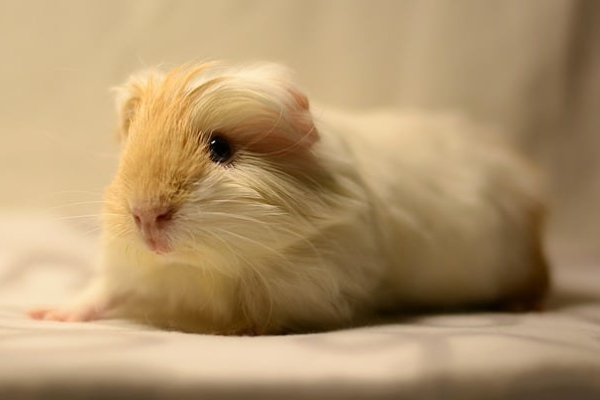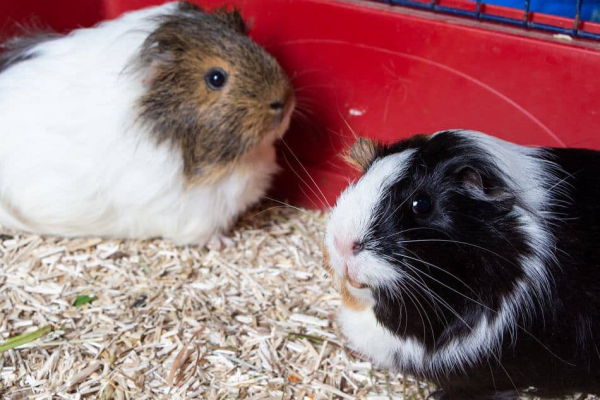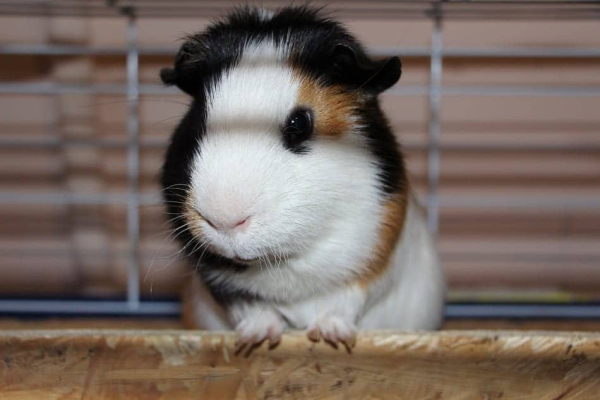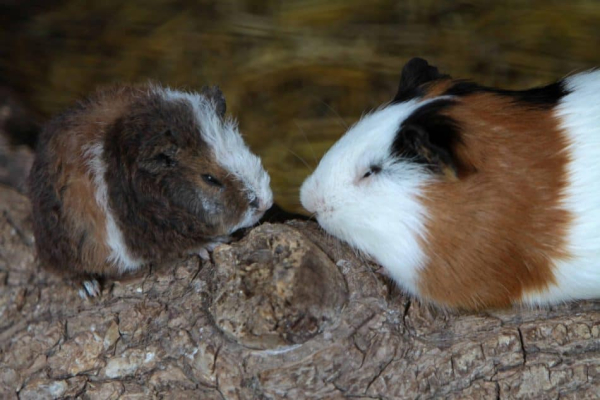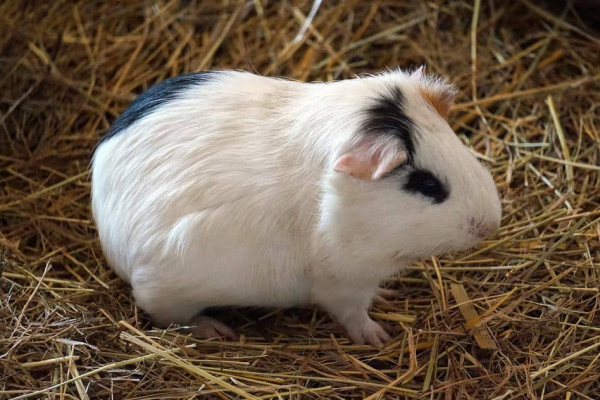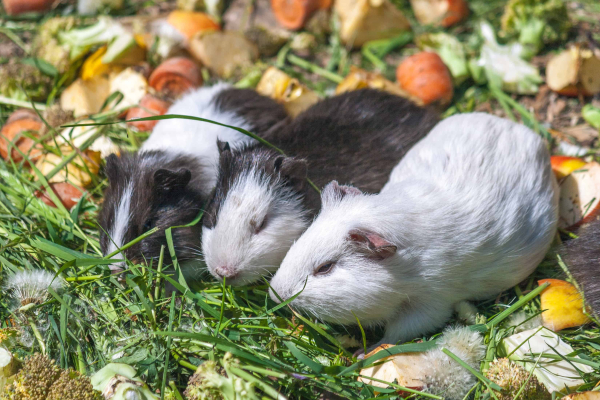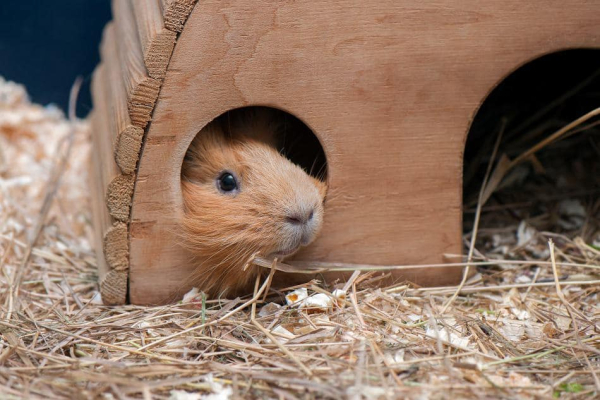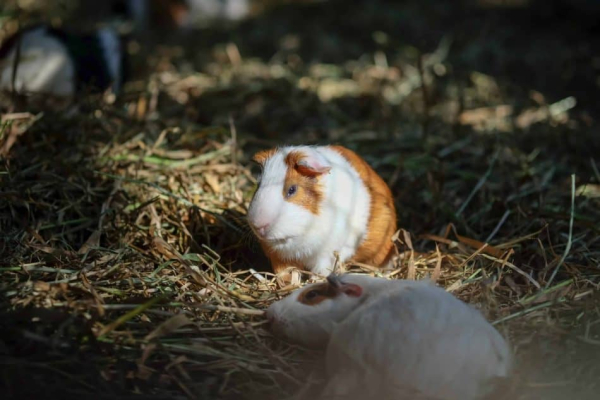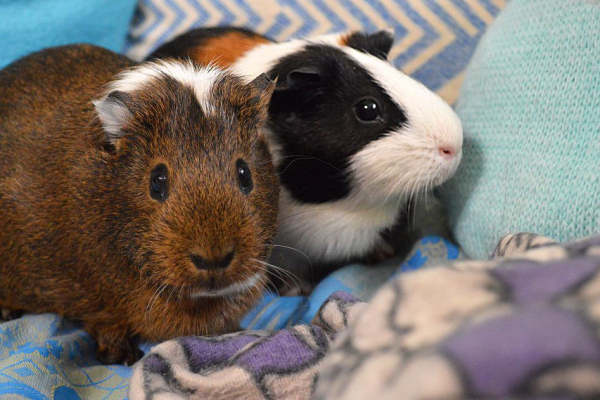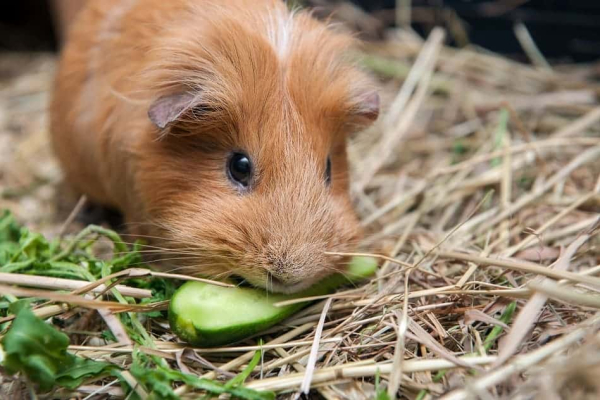
Do you want a fun and lovable pet? Then a Peruvian Guinea pig might be the animal for you. Guinea pigs are often on the cheaper side of the spectrum when it comes to affordable pets, not only are they cheap; they are also some of the most interesting and loving animals you could get.
[toc]
When looking for a pet, there is a tendacy to gravitate towards dogs and cats; however, there are so many animals to choose from but the one that is often overlooked would be the Peruvian Guinea Pig.
The Peruvian Guinea Pig—a fairly common pet to own. Yet, these creatures have a strange past. This unique animal is not from Guinea and in fact not even a pig. It’s more closely related to the rodent species, Cavies. A similar looking animal but with slightly thicker fur and better suited for the wild. They are also similar in size and there are some differences that are made pretty apparent when looking at the two animals.
The Peruvian Guinea Pig is best characterized by their long fur and playful attitudes. There are a few different patterns that a Peruvian Guinea Pig can have and are considered some of the most beautiful to own out of the different species of Guinea Pig. One of the most prominent features of the Peruvian Guinea pig would be the “rosette” along their head. A sort of spiral on the tops of their heads.
What Are Their Behaviors Like?
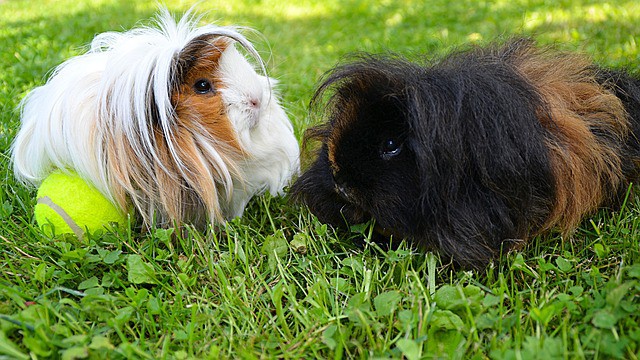
When looking at these new furry friends there are few things that you should look out for. One being the Peruvian Guinea Pig is extremely intelligent. They have the ability to memorize complex routes for food over the time span of a few months.
There have been quite a few instances where they have been seen teaching fellow guinea pigs the route to the food. Not only are they intelligent creatures they also have unique reactions to outside stimuli.
Another example of this phenomenon is present when you have a large group of Guinea pigs, this phenomenon is called a “Stampede”, where the guinea pigs run in haphazard directions in order to confuse the predator; which, is a bit ironic seeing that guinea pigs aren’t found in the wild.
Not all of their survival tactics are about being in a group. One of these individualistic survival tactics, includes the Guinea pig will find itself frozen in its place in hopes of making the predator believe that it’s already dead. This is similar to a marsupial called Opossum, who also pretends to play dead when they are in fear of predators.
What makes these instincts weird, is the fact that Guinea Pigs, even the Peruvian Guinea pig, are almost exclusively always domesticated. You never find a wild Guinea pig, which makes these instincts even a little bit weirder. Especially when these instincts are similar to an entirely different kind of animal.
However, their survival tactics aren’t the only strange behavior about them. They are crepuscular, meaning they are most active around dusk and dawn right before the sun rises and goes down. This also correlates with the fact that guinea pigs are not climbers, rather, they prefer to hide more than anything else. They burrow themselves into the sheddings of their cage.
Other Behaviors

Even when a Peruvian Guinea pig is happy they display an odd set of behaviors. Their oddest and one of their most common behaviors, would be jumping and squealing in place. This is called “Popcorning”, which is when they become happy or excited and begin jumping in place. It got the name popcorning because they have been recorded to do this in groups, and when a group of guinea pigs jump in place bundled together they often look like a box of popcorn.
The small chirps of excitement are not the only form of vocalization. They express themselves in a variety of chirps, squeaks, and purrs. They use this to express themselves, whether they are happy, sad, and even angry. Guinea pigs are some of the most expressive animals and will let their feelings be known.
If you’re looking for a more sociable animal then a Peruvian Guinea Pig would be the animal for you. They are very sociable creatures, but this also means that it is seen as a better decision to get more than one; however, Guinea Pigs also suffer what most social animals do, power struggles.
Though they are seen as sociable, that doesn’t mean every guinea pig will be amicable with each other. Oftentimes they will bite each other’s ears as a means of climbing the hierarchy of power. They have been known to butt heads, aggressive chirps and even leaping attacks, all in the means of becoming the alpha guinea pig.
Are They Clean Animals?

Like many of their rodent compatriots, they are some of the more cleaner animals. When in a herd of other Guinea pigs they will take part in a process called social grooming; however, they also partake in self-grooming. Of course, especially with long haired animals like the Peruvian Guinea pig, their hair can become matted if not properly taken care of. When a Guinea pig begins the process of self-grooming a white milk like substance secretes from their eye and aids with the cleaning.
However, this same cleanliness does not extend to the habitat around them. Normally a guinea pig generally lives in a cage; however, some vibrant owners donate an entire room to their pet. They have been known to throw their waste around the cage; and despite water making them extremely uncomfortable, they don’t need to bathe often.
How Big Do They Get

Peruvian Guinea Pigs are large even for a rodent. Their weight can range from 700 and 1,200 g when they are fully grown. They can grow from 20 to 25 cm in length. Meaning that you have to be careful when holding a guinea pig at a relatively high height. They can die from a shortfall and their bones can break.
A disease most common in the Peruvian Guinea pigs, is one that affects their bones. Making them hollow and more prone to break. Peruvian Guinea Pigs have been recorded to live up to 12-14 years; however the average lifespan of a guinea pig is four to five years.
In comparison the average lifespan of a rat, another rodent, is 1-2 years, a very blatant difference. Their average weight is 150 grams; however, there are records of a rat weighing up to 2000 grams. That is a vast difference between rodents, which is exactly why this brought their speciation into question.
Other Facts
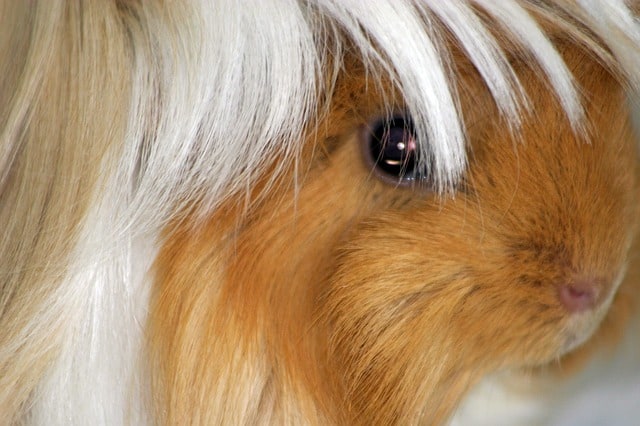
For a short few years, there were discussions amongst scientists on whether or not you can include a guinea pig as a rodent. They wanted to establish another subsection for them, much like how they did with rabbits. Who were also hard to identify as part of the nomenclature; however, they came to a conclusion that resulted in them including the Guinea pigs into the rodent family.
Another similarity between guinea pigs and their rodent relatives would be the fact that it is socially accepted to be consumed. There are quite a few countries that will cook and eat Peruvian Guinea pig and millions are eaten a year. The consumption of Peruvian Guinea pigs are most often found within the country of Peru.
Inside of Peru, there are cultures and some religions that have become intertwined with the guinea pig. This intertwining is visible in pottery and other paintings. This was best illustrated after the domestication of the guinea pig in 500 C.E. Where there is visible evidence of the small domesticated rodents.
There are even records of Guinea pigs being used in medicine. This only goes to show that there is an appreciation for the animal and they aren’t purely consumed for the fact to be consumed.
Besides the stark difference in the perception of the small rodents, they are just equally pets as they are food. A perfect example of this relationship would be pet pigs, and pigs that are cattle. One is purely a source of food while the other is a source of friendship and companionship. This is not an uncommon occurrence to have happened, cultures all around the world eat animals that are often seen as pets.
Conclusion
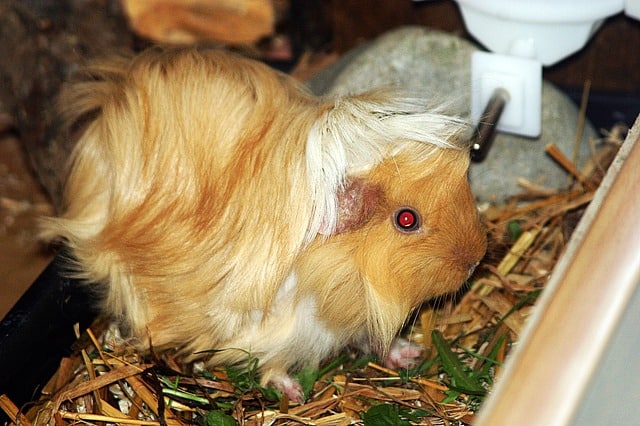
Finally, when searching for an affordable, cute, and social pet, one of the strongest candidates would be the Peruvian Guinea Pig.
There are quite a few different things about the Peruvian Guinea pig that could be considered important, such as the behaviors of the Peruvian Guinea Pig are some of the most unique, yet they have common characteristics of other animals and are some of the easier animals to take care of. That is if you’re able to take care of them properly, and make sure they have a cleaned cage, while maintaining the relationship with the pet.


